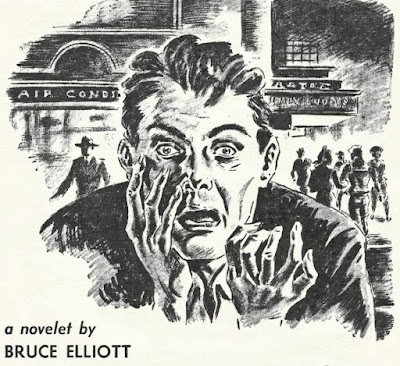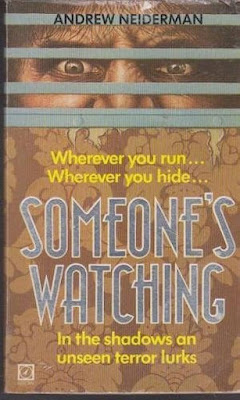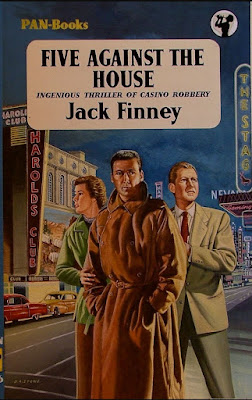Eerie, published by Warren Publishing Company, debuted a Conan-esque hero in the pages of their 39th issue, released in April of 1972. The story, “Dax the Warrior”, featured Esteban Maroto as both the artist and writer, a joint position that Maroto maintained for all of the early installments of the series. Maroto would later rise to prominence within the world of Conan, contributing to comics like Savage Sword of Conan the Barbarian and Savage Tales and creating awesome paperback artwork for Ace including Conan: The Flame Knife, Conan and the Sorcerer, Conan the Mercenary, and Conan: The Treasure of Tranicos. Needless to say, I was excited to recently discover this Dax series created solely by this talented artist.
"Dax the Warrior", later re-titled to "Dax the Damned", was Eerie's second serial after the short-lived Prince Targo. The character appears in Eerie issues #39, 40-41, 43-50, 52, 59, and 120. Oddly enough, ten of these dozen stories were re-written for Eerie issue #59, published in April 1974. While the reasoning isn't completely explained by Warren Publishing, apparently the company felt that these stories written by Maroto needed to be reprinted and re-written to centralize plots and to smooth out some of the hero's strengths. The artwork of these prior Dax stories remained for issue #59, but the stories are all written by Bud Lewis instead. I may be crucified for saying this, but I think Lewis is a superb writer and does a better job with these stories than Maroto. But, there is no criticism from me or anyone else in terms of the art. It is exceptional. Issue #59 also features Dax on the book's cover for the first time, appearing in an awesome painting by Ken Kelly (Conan, Molly Hatchet). If you want to read this character's stories, issue #59 would be the best. It features 10 stories over the course of 100 pages.
So, who or what is Dax exactly? That part of the story is mired in darkness for most of the series, including the character's debut in “Dax the Warrior”. In the opening pages, the swordsman is riding through a battlefield littered with corpses. The narrator states that Dax is returning to his native land now that the battle is over. He is tired and his horse is weary, but he hears a voice in the air coming from a young woman. He is excited to find her and says to himself he had almost forgotten that there were women in the world.
Increasing the pace, the girl, who is known as Freya in this story, suggests that they both try to escape. Who the girl wants to escape from isn't clear, but suddenly the couple are attacked by a creature riding a large bird (reminding me of the Tarn on Gor) and the girl is taken from Dax. He swears to rescue her, so he pursues the pair into a dark gruesome lair filled with webs and bones. He is met at the passage's opening by a cloaked individual who warns Dax to never enter this place. He demands that Dax live with the memory of Freya and to leave forever. Ignoring the warning, Dax ventures further into the lair to discover its horrible secrets. The last panel is instrumental in setting the tone and ominous nature of these stories.
As I alluded to earlier, this story was re-written for issue #59, including a splash of color on one panel to illuminate Maroto's excellent artwork. Again, Maroto's art remains intact throughout the story, but Bud Lewis re-writes the narrative. Freya's name is changed to Naiad and the story is re-titled to “Dax the Damned”, which suggests that Dax has somehow been transferred from the battlefield to some form of Hell. Or, it is honing in on the message from the last panel. It's not completely clear based on this story.
If you love 1970s sword-and-sorcery, then Dax should probably be on your radar. You can enjoy this series by purchasing Eerie trade paperback volumes, searching your comic store for back issues, or by reading the issues for free on Internet Archive. I've featured the “Dax the Warrior” story for you below:























